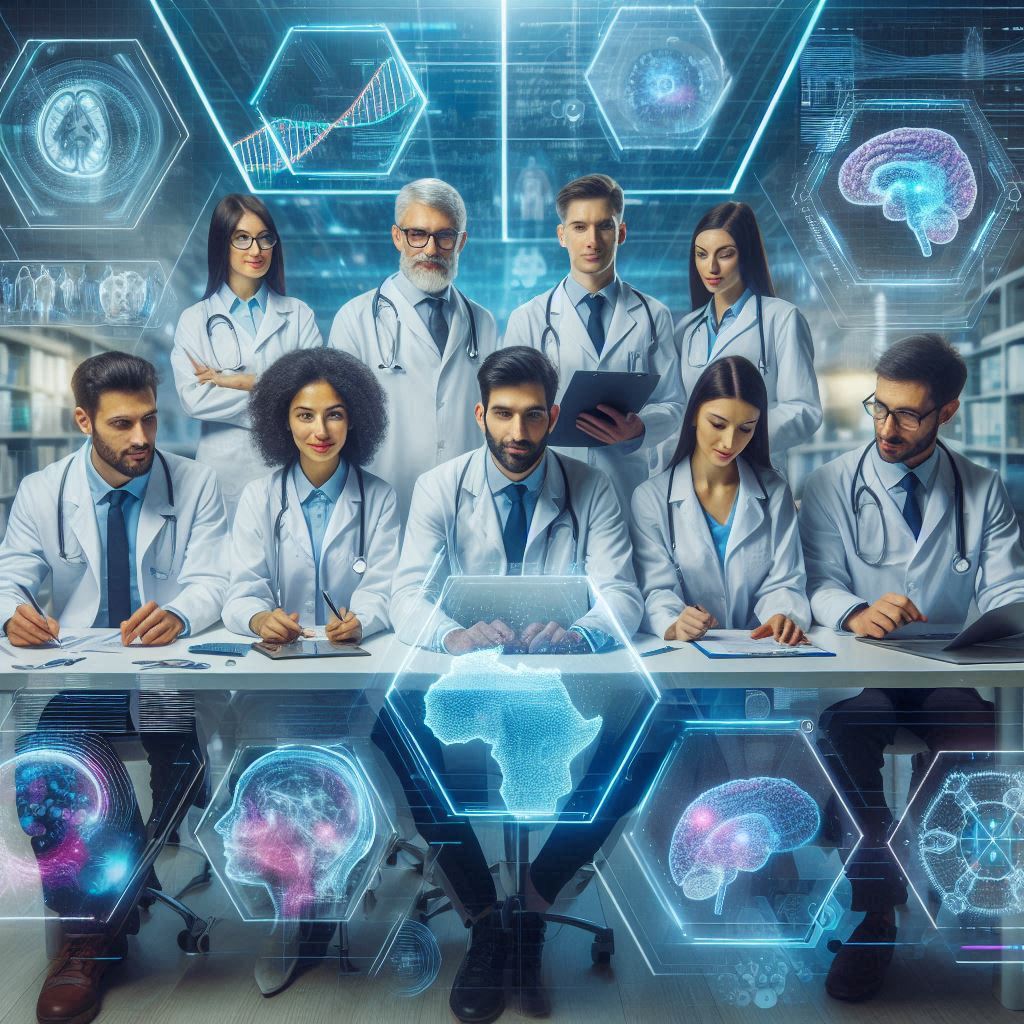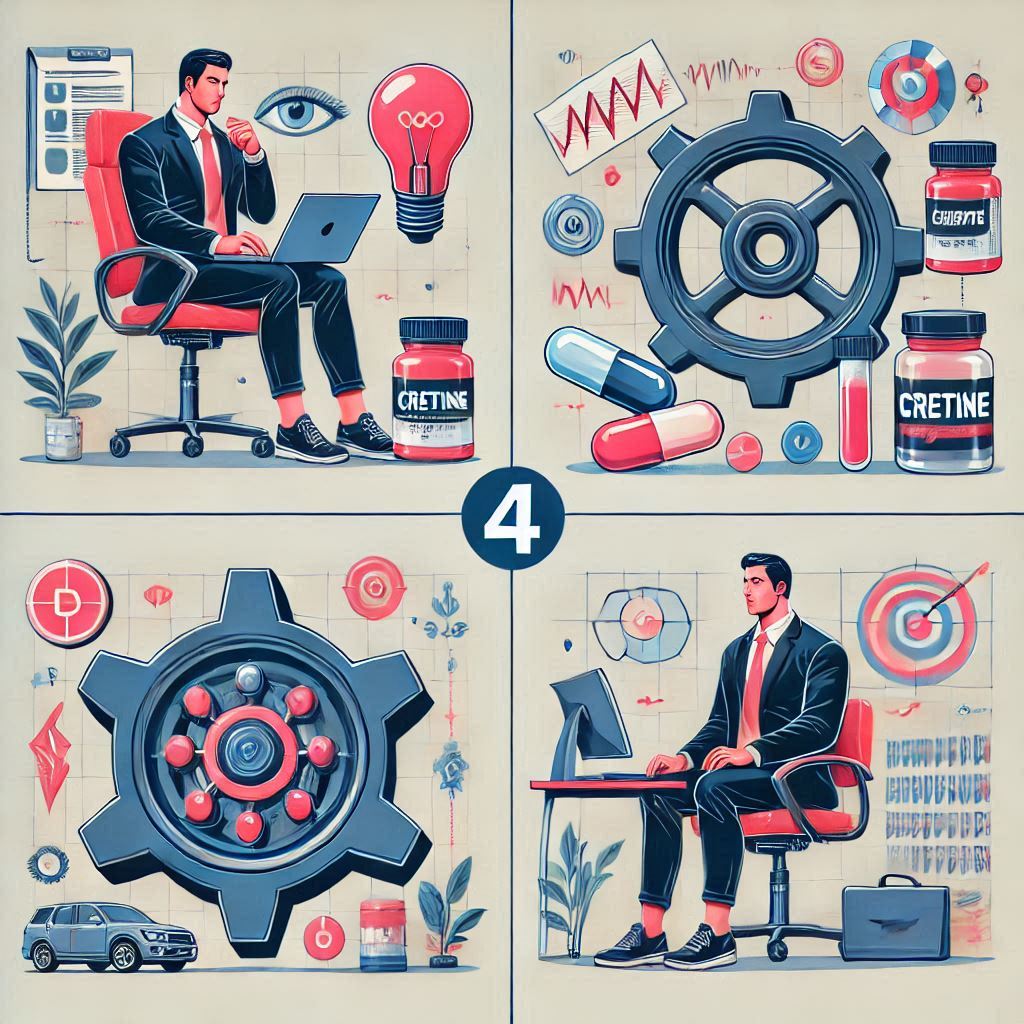
1. Artificial Intelligence and Machine Learning in Healthcare
Artificial Intelligence (AI) and Machine Learning (ML) are revolutionizing the medical field, offering unprecedented capabilities in diagnosis, treatment planning, and patient care. These technologies are enhancing the accuracy and speed of medical imaging analysis, enabling early detection of diseases like cancer and cardiovascular conditions. AI algorithms can process vast amounts of medical data, including patient records, research papers, and clinical trials, to provide evidence-based treatment recommendations.In drug discovery, AI is accelerating the process by predicting molecular interactions and identifying potential drug candidates. This could significantly reduce the time and cost associated with bringing new medications to market. Additionally, AI-powered chatbots and virtual assistants are improving patient engagement and providing 24/7 support for basic health queries and medication reminders.
2. CRISPR Gene Editing Technology
CRISPR (Clustered Regularly Interspaced Short Palindromic Repeats) technology is at the forefront of genetic medicine, offering the potential to treat and even cure genetic disorders. This precise gene-editing tool allows scientists to modify DNA sequences, opening up possibilities for correcting genetic defects, enhancing immune cells to fight cancer, and developing new therapies for previously untreatable conditions.Recent advancements in CRISPR technology have improved its accuracy and reduced off-target effects, making it a more viable option for clinical applications. Researchers are exploring its use in treating sickle cell disease, certain types of blindness, and various forms of cancer. As the technology continues to evolve, it could revolutionize personalized medicine and offer hope for patients with rare genetic disorders.
3. 3D Bioprinting
3D bioprinting is transforming regenerative medicine by enabling the creation of complex tissue structures and even entire organs. This technology combines 3D printing techniques with biocompatible materials and living cells to fabricate tissue-like structures that mimic natural tissues and organs.Researchers have successfully bioprinted skin, cartilage, and bone tissues, with ongoing efforts to create more complex organs like hearts and kidneys. The potential applications of 3D bioprinting are vast, including creating personalized implants, developing drug testing models, and eventually addressing the organ shortage crisis through on-demand organ printing.
4. Nanotechnology in Medicine
Nanotechnology is making significant strides in medicine, offering new approaches to drug delivery, diagnostics, and treatment. Nanoparticles can be engineered to target specific cells or tissues, delivering medications directly to disease sites while minimizing side effects on healthy tissues. This precision targeting is particularly promising for cancer treatments, where nanoparticles can be designed to seek out and destroy tumor cells.In diagnostics, nanosensors can detect diseases at the molecular level, enabling earlier and more accurate diagnoses. Researchers are also developing nanorobots capable of performing minimally invasive surgeries and repairing damaged tissues at the cellular level. As nanotechnology advances, it could lead to more effective treatments with fewer side effects and improved patient outcomes.
5. Virtual and Augmented Reality in Medical Training and Treatment
Virtual Reality (VR) and Augmented Reality (AR) are revolutionizing medical education and patient care. In medical training, VR simulations provide immersive experiences for students and practitioners to practice complex procedures in a risk-free environment. This technology enhances learning outcomes and improves surgical skills without putting patients at risk.In patient care, VR is being used for pain management, physical therapy, and mental health treatments. For instance, VR environments can distract patients during painful procedures or help individuals with phobias face their fears in a controlled setting. AR is assisting surgeons by overlaying critical information onto their field of view during procedures, enhancing precision and reducing the risk of errors.











